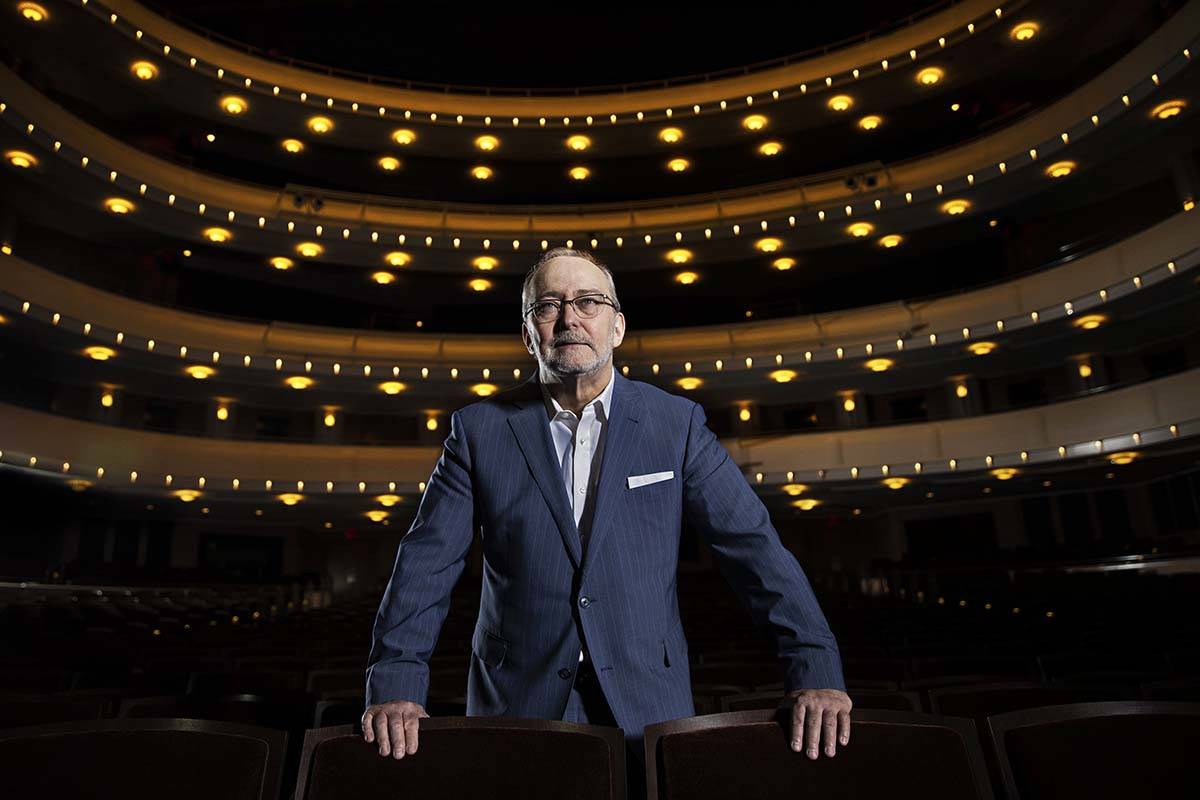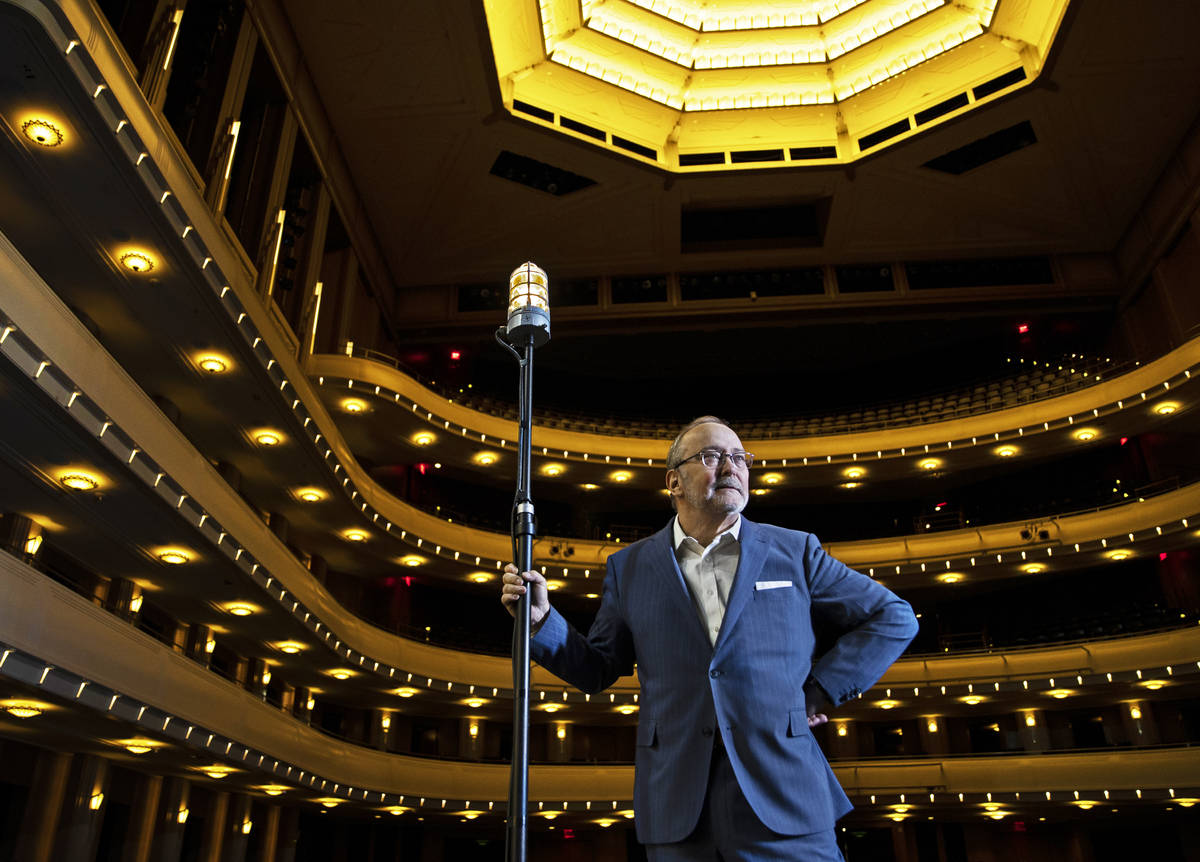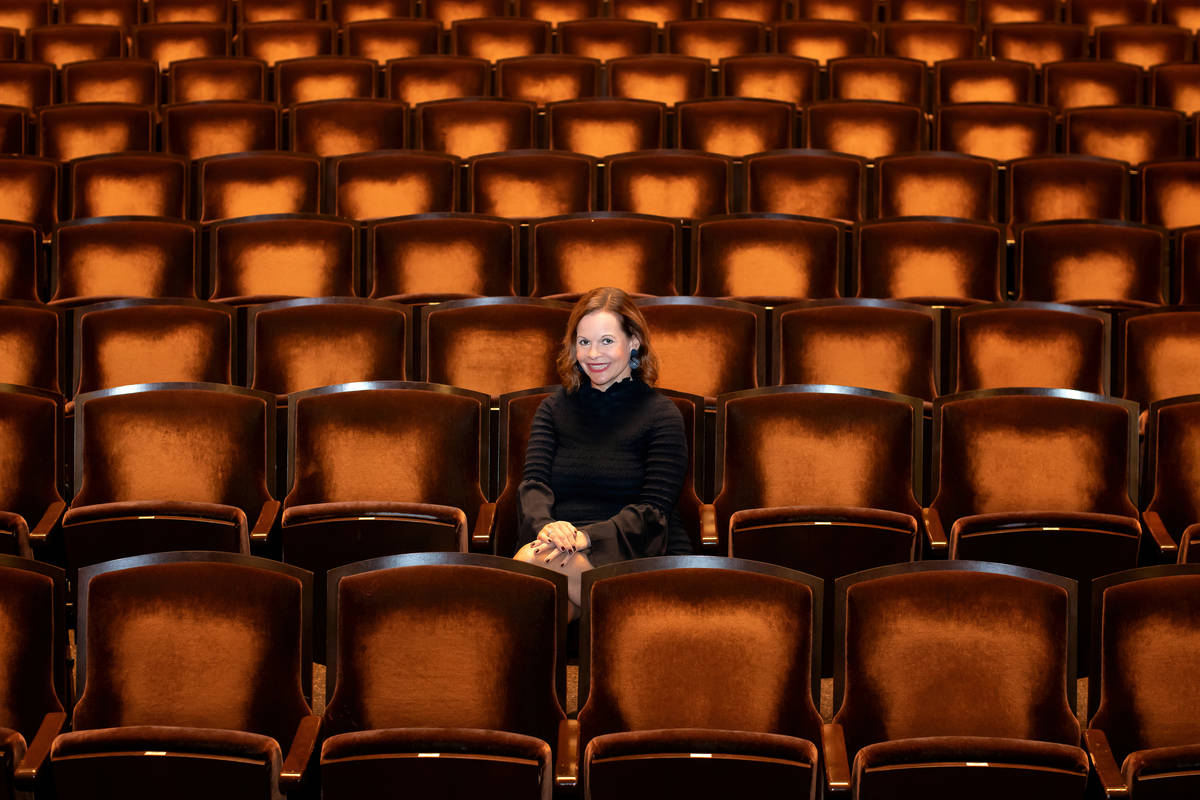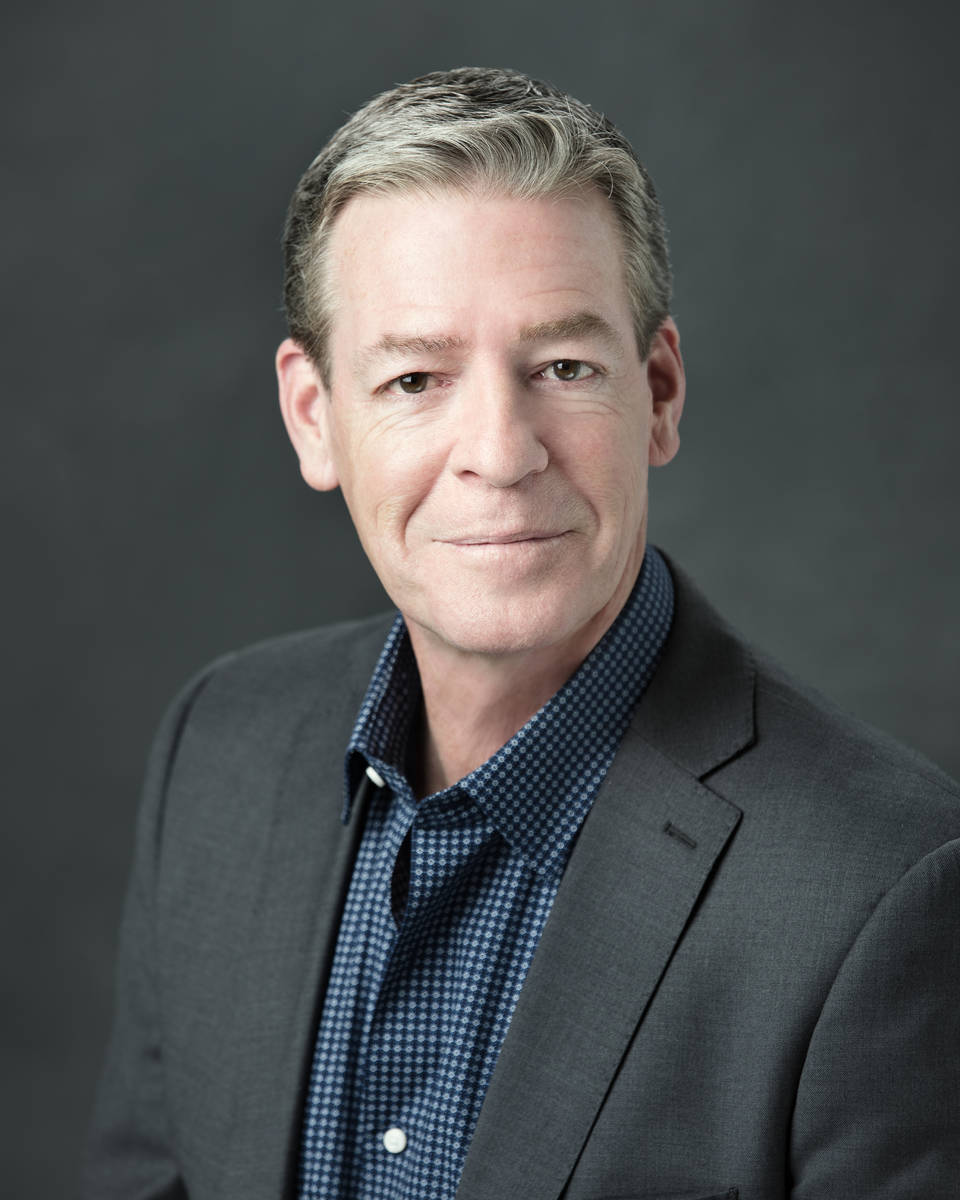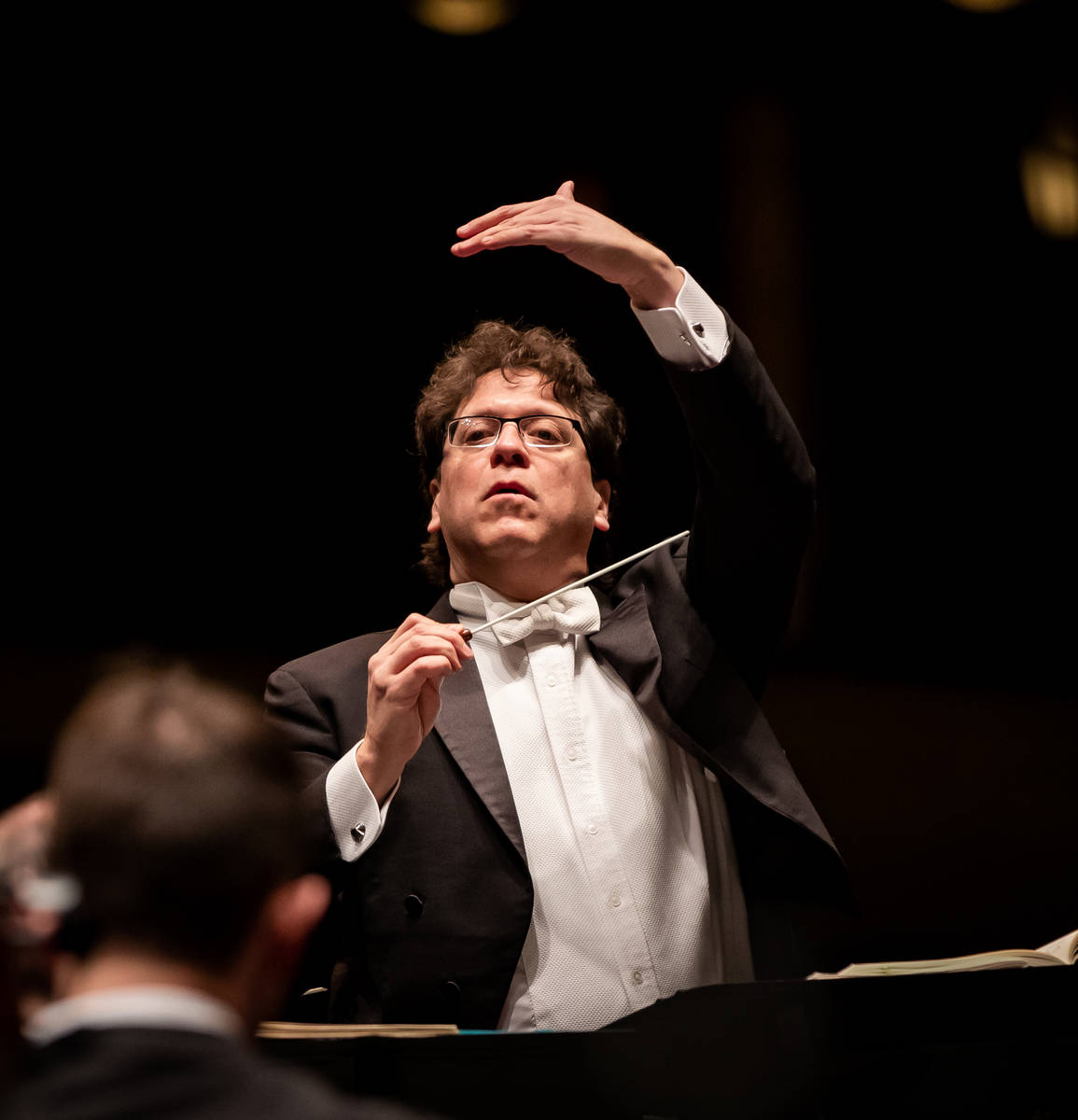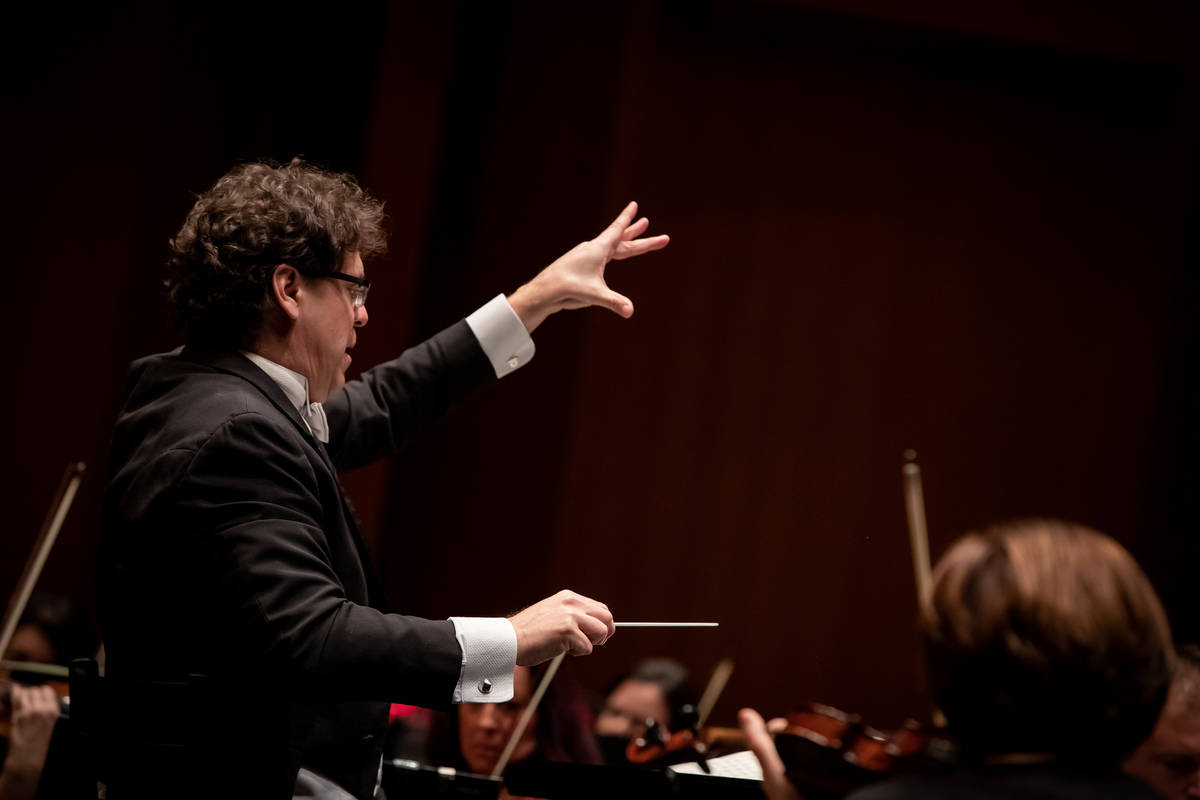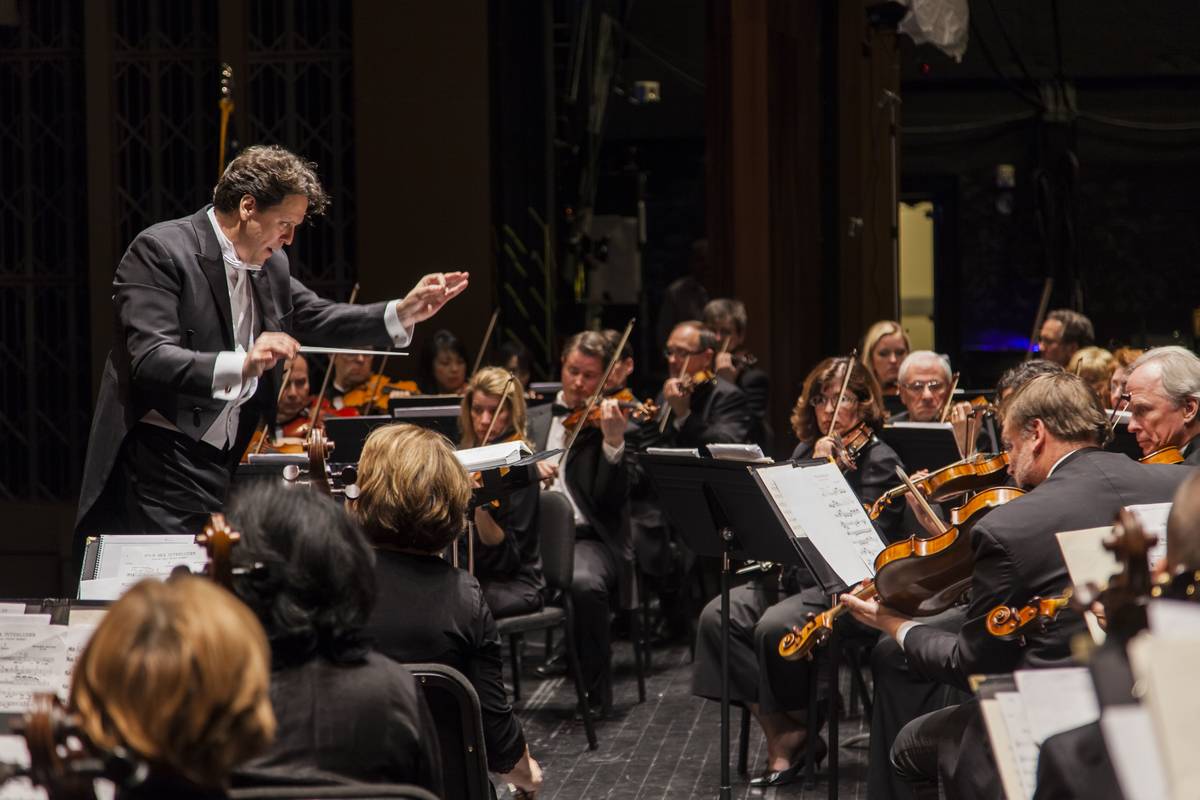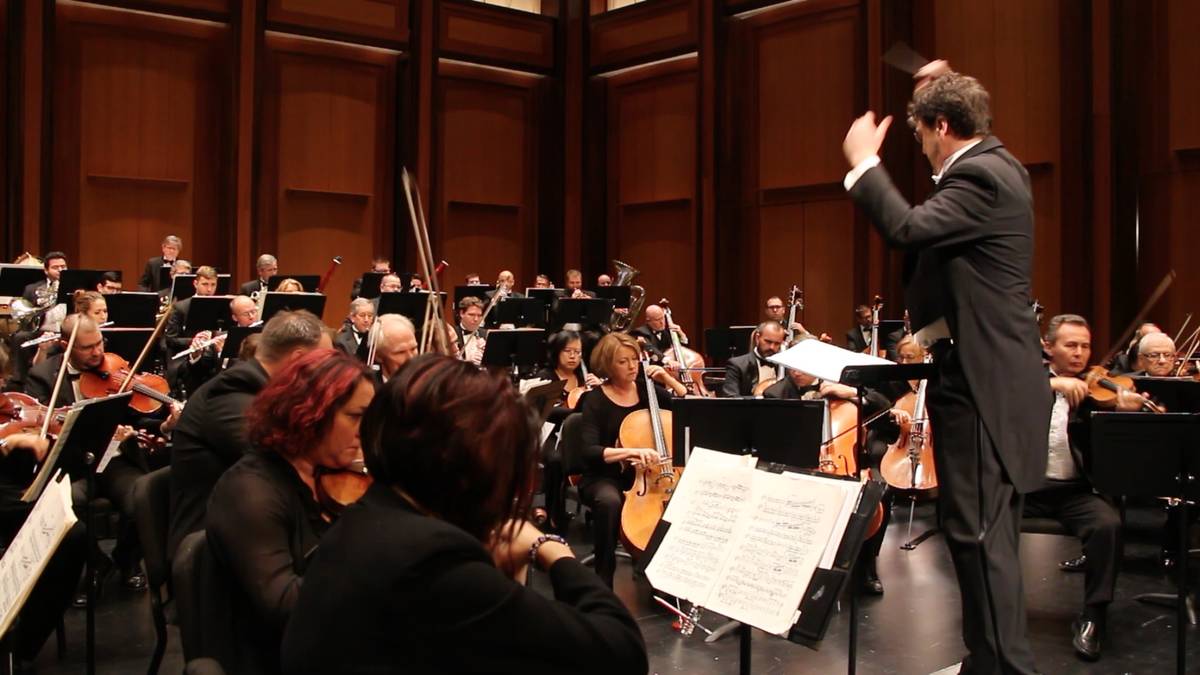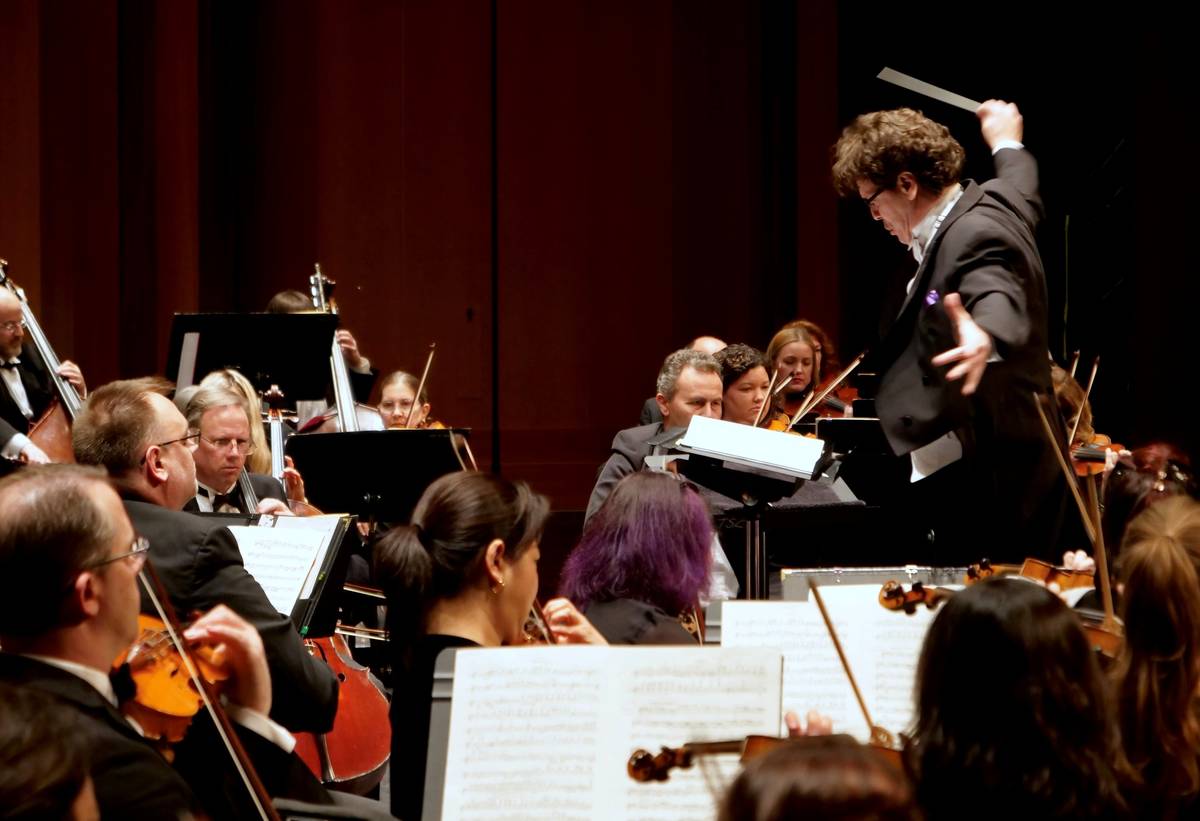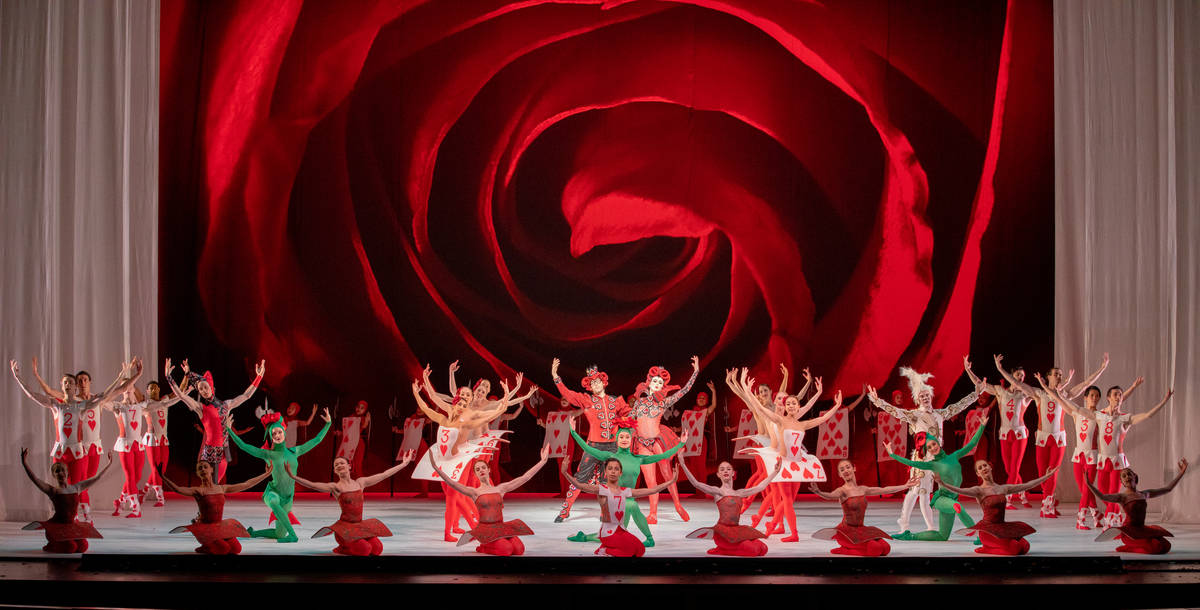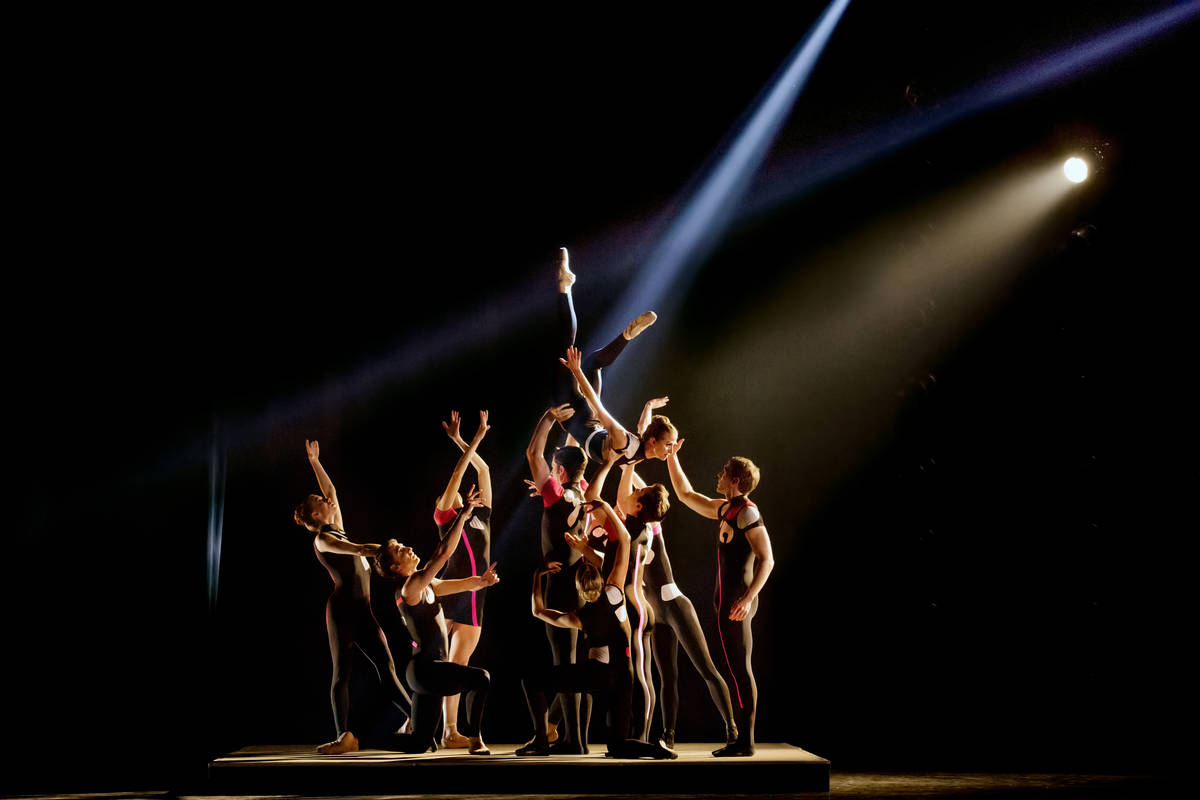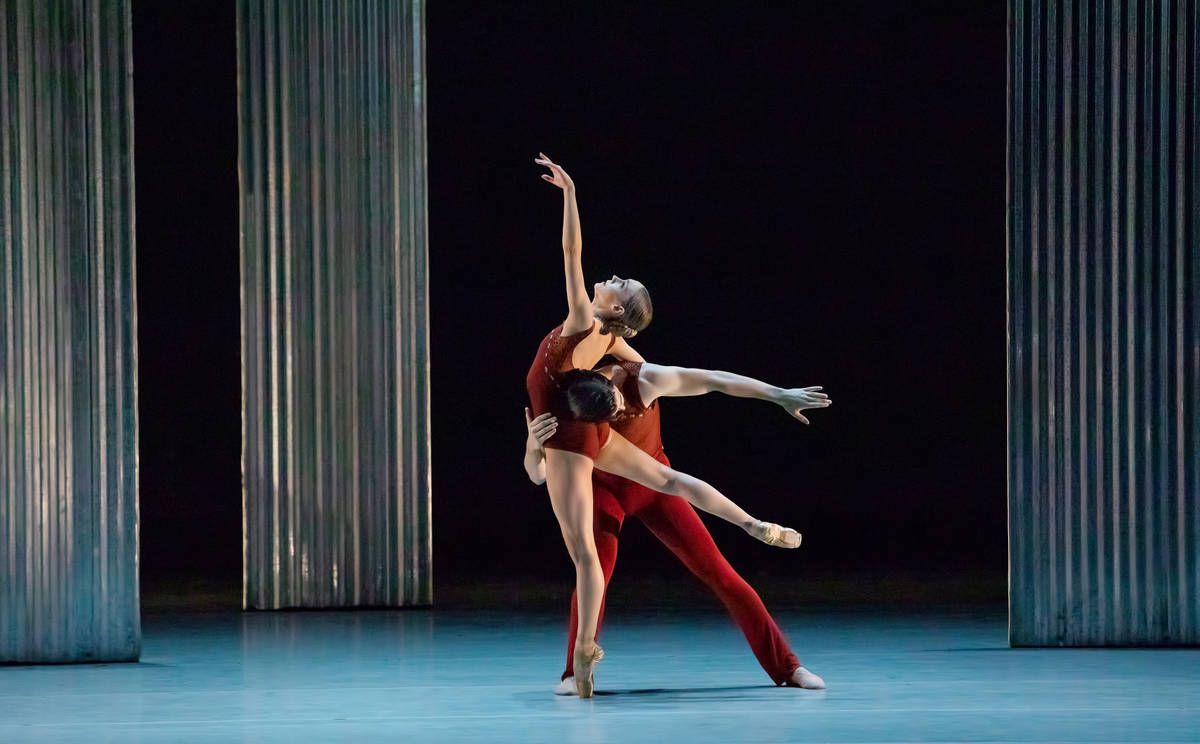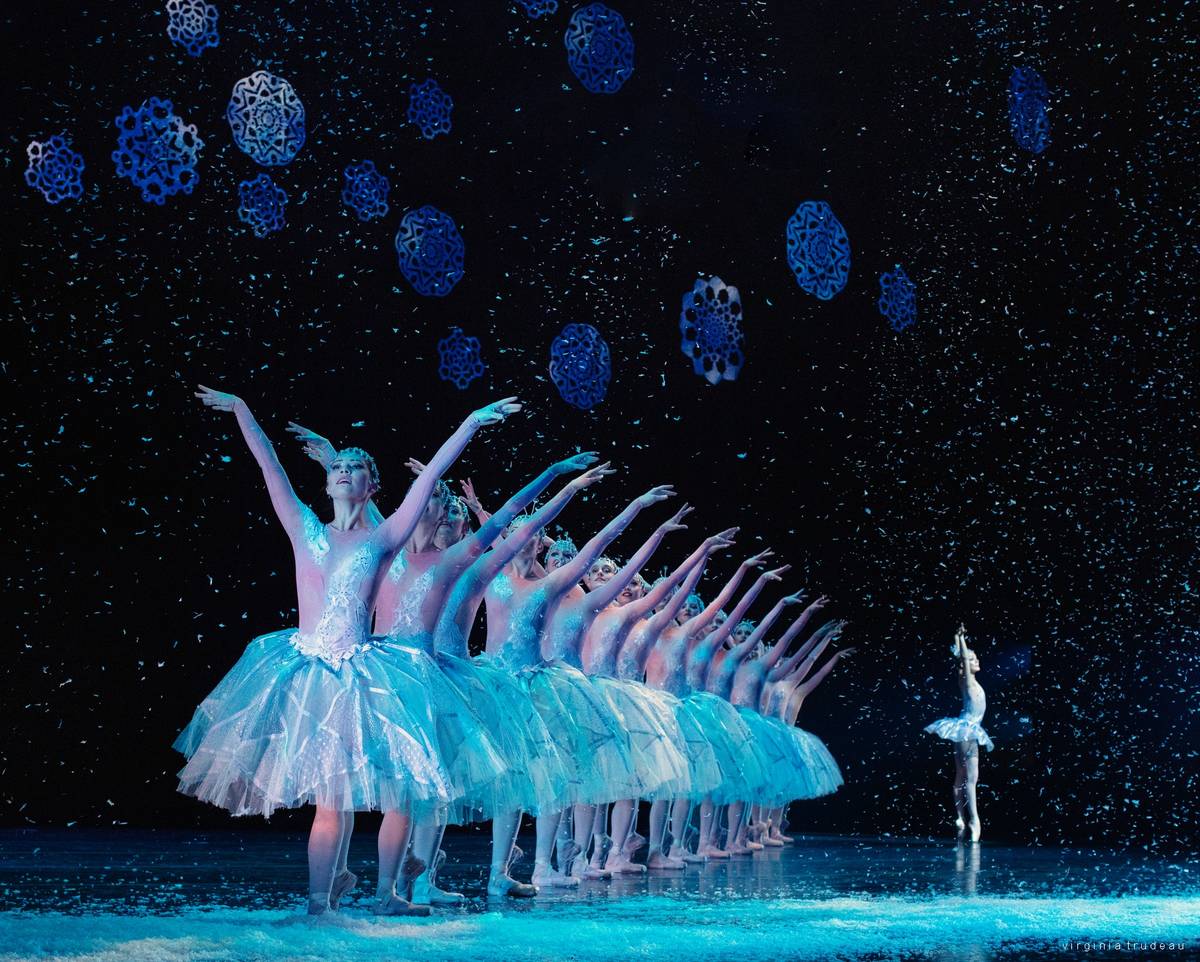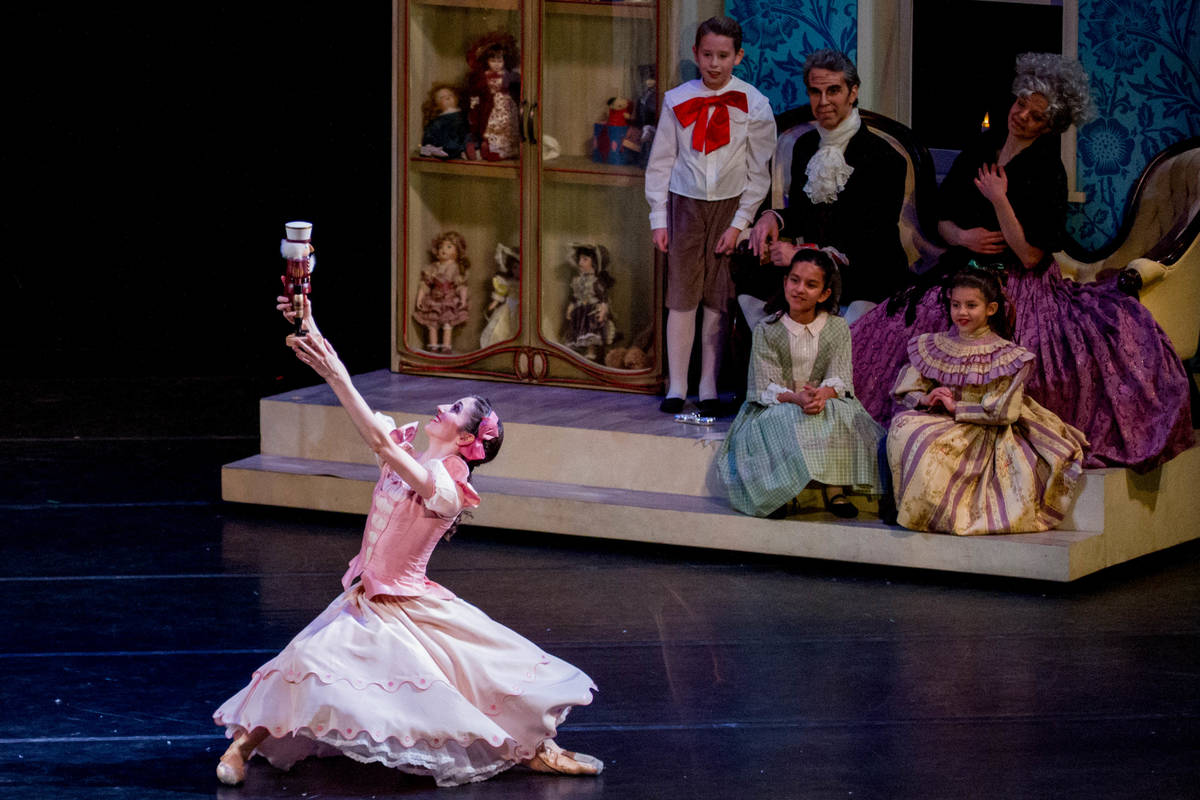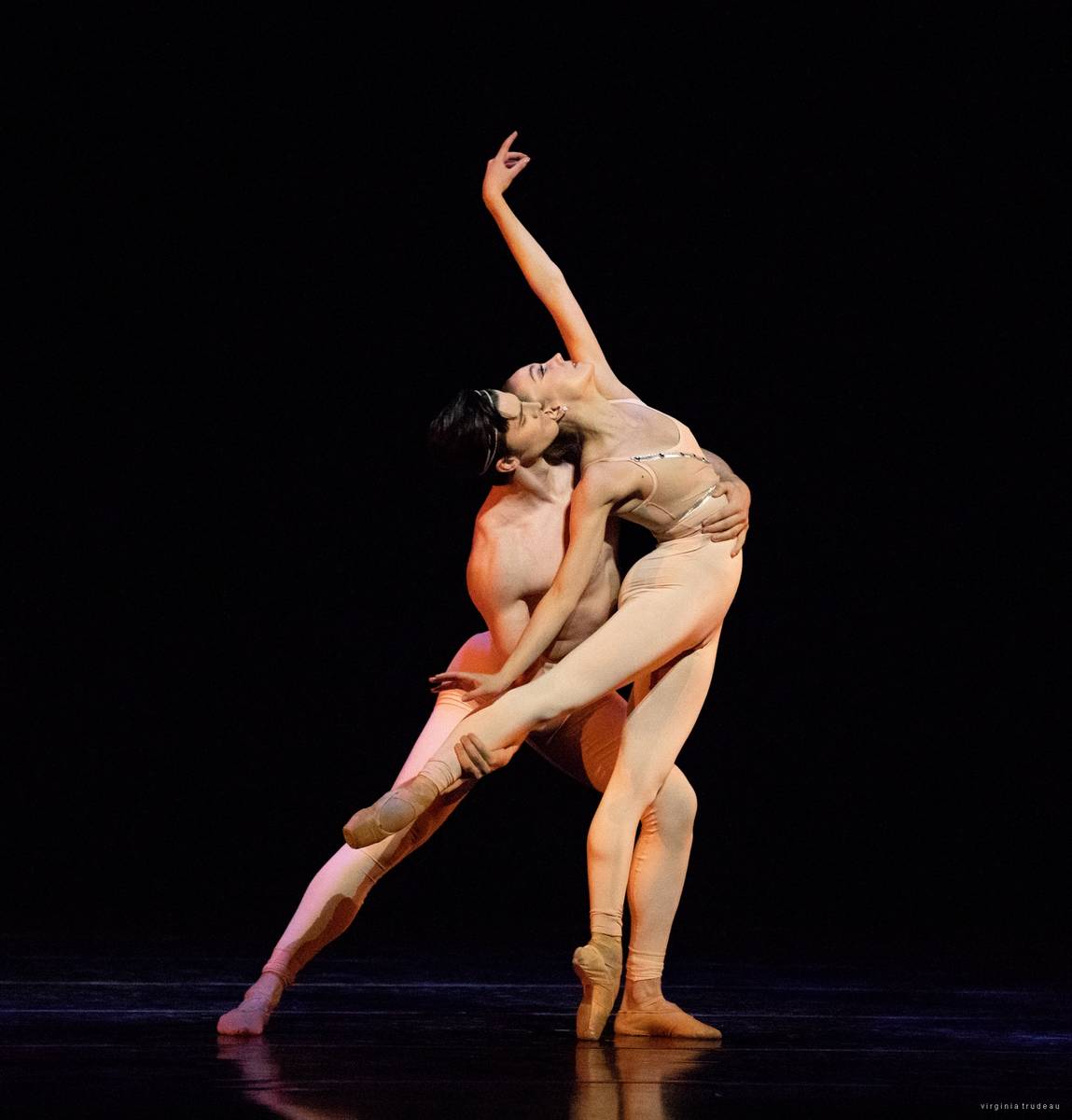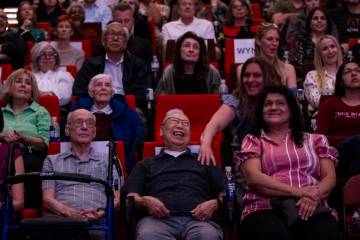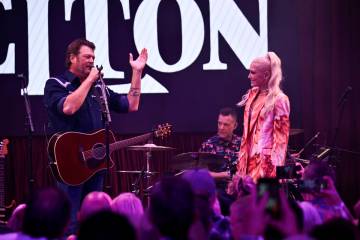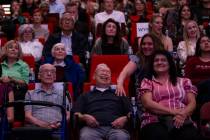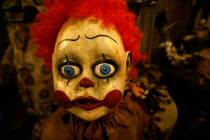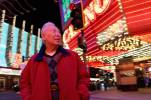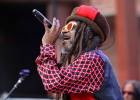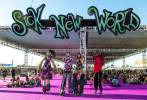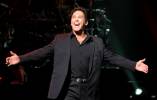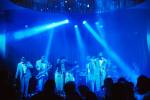With Smith Center closed for 2020, CEO makes plans for reopening
Myron Martin knows exactly how he’d like to welcome Las Vegans back to The Smith Center for the Performing Arts.
The fact that so many local musicians, from Myron’s Cabaret Jazz headliners Clint Holmes and Frankie Moreno to the players in the Reynolds Hall orchestra pit, are out of work keeps the center’s president and CEO up at night.
“It bothers me that these people, these incredibly talented people, are sitting on the sidelines and not getting paid,” Martin says of just one of the countless ways COVID-19 has affected the community.
“What I would love to do is make the opening of Act 2, if you will, the reopening of The Smith Center, a celebration of local artists and local musicians as a sign of them going back to work. … I just love the kind of symbolic aspect of us focusing on our friends and neighbors to reopen.”
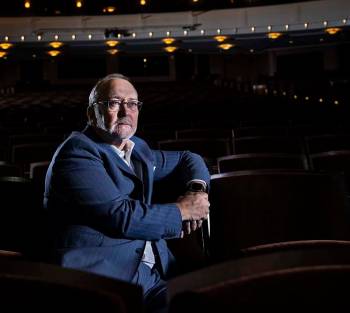
One thing Martin isn’t sure of is when that second act will begin.
He’s already ruled out 2020. More than 350 performances through the end of the year have been canceled, including the fall and holiday offerings of the Las Vegas Philharmonic and Nevada Ballet Theatre.
As for when The Smith Center could safely reopen its doors, not even Dr. Fauci knows.
Until that day, Martin and The Smith Center’s resident companies are doing whatever they can to remain ready — mentally, physically and financially.
A shared experience
“It’s been hell,” Martin says of the months since The Smith Center went dark in March.
Even if it were possible to gather, socially distanced, in groups of more than 50, that’s just not a feasible option for a performing arts center.
For starters, the finances simply don’t work without gouging the few patrons who could be accommodated. Then there are the optics. Seeing a smattering of people in a massive auditorium, regardless of the circumstances, would create the impression that what you’re seeing just isn’t very good.
“We seat 2,000 or more people in the same space, kind of elbow to elbow,” Martin says, “and that’s part of the theater experience. … You want to have that shared experience with others, and as they laugh and as they cry, so are you. And you don’t do that when you put 6 feet between you and everyone around you. A 2,000-seat hall becomes 300 people, and that’s not an experience that I want to have.”
Canceling the remainder of the 2020 schedule wasn’t an easy decision to make — or to pull off — but it simplified things.
“It helped us kind of organize our business and our lives,” Martin says, even though it created new headaches. “It’s hard to book shows. It’s much harder to cancel them.”
There’s a 52-page document, covering every aspect of The Smith Center restart, that he can’t wait to unleash.
The resident companies, though, are having to rethink their upcoming seasons as if Reynolds Hall never existed.
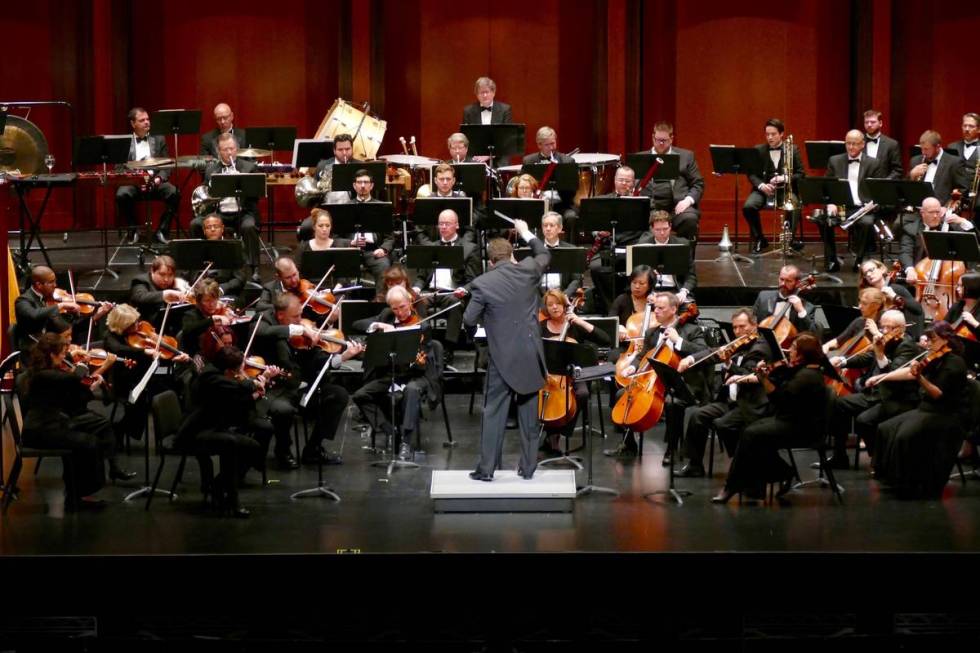
Philharmonic reimagined
“We’re still planning on being engaged with the community, creating concerts in some context,” says Donato Cabrera, the Philharmonic’s music director. “It’s just not at The Smith Center. It’s going to be out in the community.”
Two months before the 2020-21 season would have kicked off with Beethoven Fest on Oct. 16-17, Cabrera and Lacey Huszcza, the orchestra’s executive director, are still trying to get a handle on what performances may look like going forward.
“There’s so many exciting things we can do in parks, in unique venues, in restaurants, in art museums,” Huszcza says.
This sort of hyper-local approach — taking small ensembles into various neighborhoods in Henderson, Summerlin and North Las Vegas — was in the works before the pandemic made it a necessity.
The Philharmonic also is beefing up its online presence, from digital concerts to behind-the-scenes looks at how a performance comes together. The goal is to create different tiers of online programming, including a membership level with access to exclusive content.
“We’re basically reimagining a philharmonic,” Cabrera says. “We’re busier than we ever have been.”
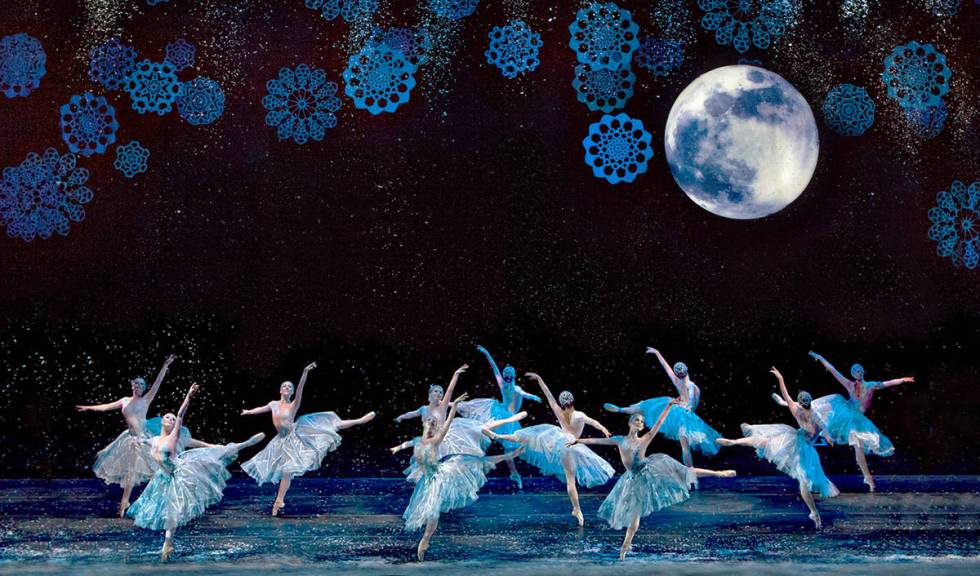
‘Nutcracker’ experience
At Nevada Ballet Theatre, it isn’t just the dancers who need to remain flexible.
“We’re really looking at all scenarios,” says Beth Barbre, executive director and CEO.
In March, the organization went from being a physical home for company artists and apprentices, as well as the 450 students in its academy, to a virtual hub — almost overnight.
“You can have musicians that are socially distant. You can have a trio or quartet,” Barbre says. “I’ve certainly seen some amazing concerts from musicians from their homes. … But it is different in that we really are such a physical art form and one that depends on lifting and touching each other and partnering.”
The smaller, scaled-down performances being considered by the Philharmonic just aren’t viable, given how much of ballet depends on physical interaction. As a result, NBT is exploring a variety of ways to present “The Nutcracker” this year — none of which take places in a traditional, packed theater setting.
“It’s certainly disappointing,” artistic director Roy Kaiser says. “It’s not surprising. It’s happening all over the country.”
Nearly 20,000 people saw “The Nutcracker” at The Smith Center last year. Those performances aren’t just a holiday tradition; they generate 65 percent of the ballet’s ticket revenue.
Once he got past the initial discouragement, Kaiser says, “we did start to look at a number of various options that will allow us to still have a ‘Nutcracker’ experience in Las Vegas.”
It’s too soon to know, however, whether any aspect of it will be live.
Going solo
Aside from the uncertainty, one of the greatest challenges facing the artists is staying in peak performance mode, alone.
You think other professions have struggled to adapt to working from home? Try being a dancer who isn’t blessed with a cavernous living room.
“Some are using a chair or a kitchen table. Some have barres at home. But they’re doing class virtually,” Barbre says. “As an athlete, you can imagine how hard it is for them to stay in shape that way, without really being able to move in a studio.”
While it isn’t an ideal scenario, those online classes are keeping the dancers on their toes, so to speak.
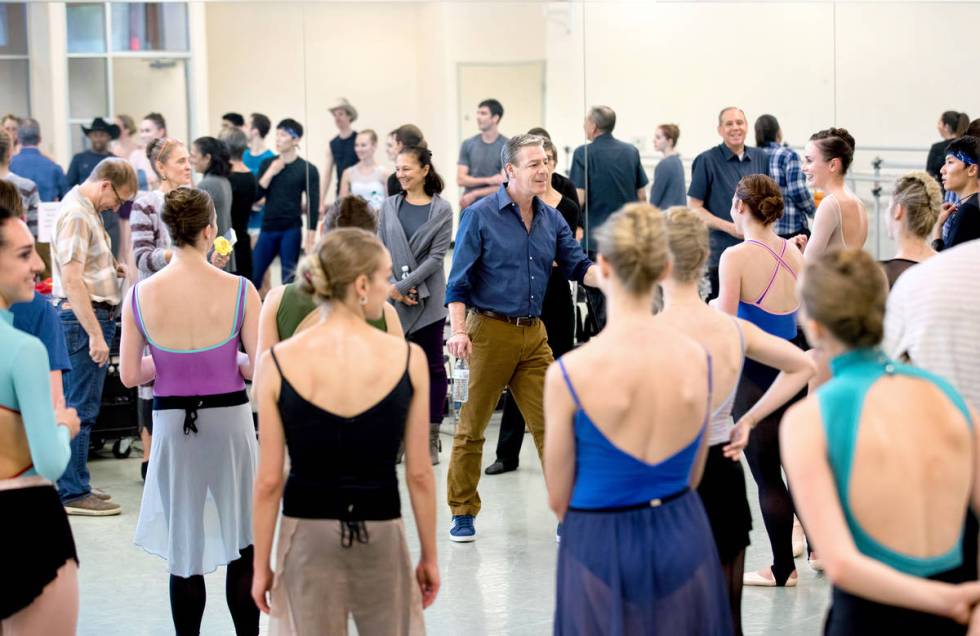
“I think it’s virtually impossible to keep them in top form in this manner, but the dancers are working very hard and doing everything they can do,” Kaiser says. “They’ll be in good shape, but they won’t be in prime shape until they’re back in the studio.”
Digital training isn’t an option for the orchestra members, as anyone who’s participated in a large virtual meeting can attest. It’s impossible for the musicians to hear each other, or for anyone else to hear them, in such an environment. And while they can practice on their own, Cabrera says they’re being robbed of some of the critical feedback that comes from playing in a group.
“It’s all these little subtle cues. They’re so intricate,” he explains. “Of course, the audience would never even know that they’re happening. But on stage, these multiple cues, subtle cues, nonverbal cues are happening every second. … I guess it’s something that’s a skill that never leaves you, but that’s what we’re all desperately missing from one another.”
‘A gut punch’
Before they’ll be able to get back to the business of the arts, all three organizations will have to dig themselves out of some serious financial holes.
The Smith Center already has lost out on more than $20 million in revenue thanks to those cancellations.
Nevada Ballet Theatre is facing a $2.6 million shortfall.
In a normal fiscal year, the Philharmonic derives half of its operating budget from ticket sales. The best-case scenario for the current year, Huszcza says, is that those sales will cover 30 percent, but she’s bracing for a year in which not a single ticket is sold.
The Paycheck Protection Program has helped, and each group has worked to remain in compliance so that those loans will be forgiven.
At The Smith Center, the $2.1 million kept every employee on the payroll for an additional 60 days, as the program intended. On July 1, though, 75 percent of the employees were furloughed, an experience Martin calls “a gut punch.” Those who remained, including him, took significant pay cuts.
The Philharmonic was able to pay musicians the equivalent of what they would have earned for the two concerts that were canceled as part of its $270,000 loan. “It was an amazing eight-week blessing,” Huszcza says. “We would have looked very different today if we hadn’t gotten it.”
NBT received just under $375,000, which Barbre says has “been critical in keeping the staff members working through this unprecedented time.” That hasn’t stopped some of its artists, though, from launching The Dancers of the Nevada Ballet Theatre Relief Fund on GoFundMe.
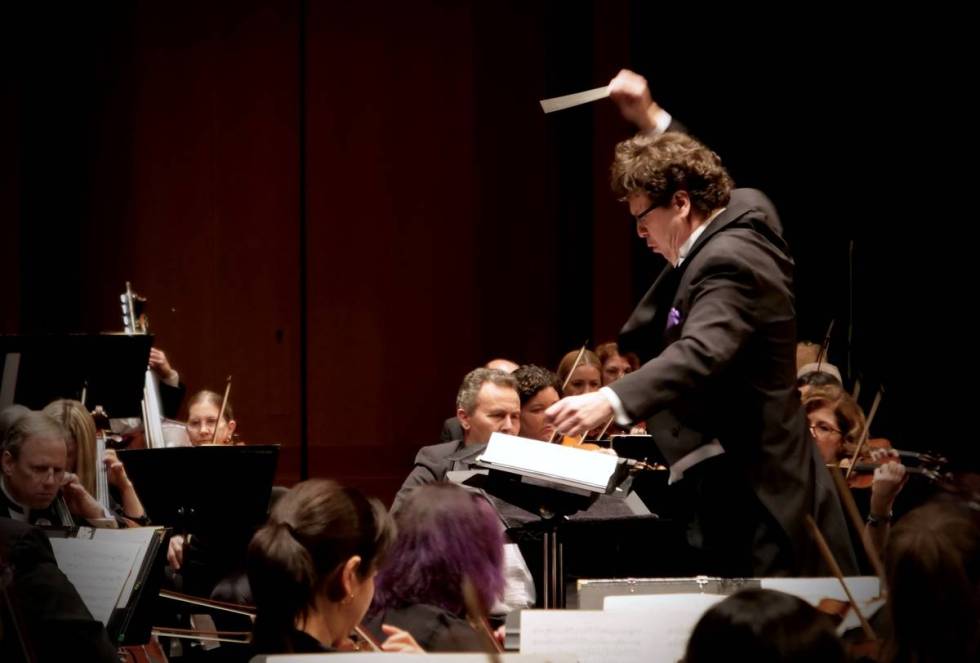
No simple solutions
More federal help could be on the way through additional PPP funding, as well as the Save Our Stages Act.
The bipartisan legislation would provide six months of financial support to live music venues of all sizes and varieties. It’s backed by the National Independent Venue Association, which counts The Smith Center as a member, along with settings as diverse as The Space and The Bunkhouse.
“I’m optimistic. I’m hopeful,” Martin says. “Frankly, I don’t know quite how we get to reopening without it, without some form of government intervention, without a grant of some kind. It’s just costing us so much just to kind of limp along until the reopening.”
The solution isn’t as simple as turning off the lights, sending everyone home and mothballing The Smith Center.
When reassessing every department, engineering seemed a prime area for cutbacks, but the team was prescient enough not to gut the overnight staff. Then, in mid-July, a water pipe burst after hours. Had someone not been there to intervene, Martin says, the damage could have been catastrophic.
So much need
All three organizations are staring down unrivaled funding challenges.
“I’ve asked a lot of people for money for a lot of years,” Martin says, “but I’ve never had a time where I’ve just had kind of a blanket, ‘We need everybody’s help.’ ”
Arts groups are facing the prospect of having to raise more money than they’re accustomed to during a time when far fewer benefactors can afford to give. The financial crisis is affecting supporters at every income level, and even those who still can be charitable are likely to direct their giving to more urgent needs.
“There’s certainly no question that it can be very difficult to go to a donor and ask for money to help create these opportunities when also there’s so much other need within the city,” says Huszcza, who’s looking at having to raise $1.5 million this fiscal year just to keep things running properly. “The hope is that we are becoming that community that wants to provide for both — both the physical needs of those people who are most in danger because of a lack of salary or food or school, but also be able to provide for that enrichment of the soul.”
Cabrera understands the hardships that are affecting so many Las Vegans, but he has faith in the community.
“What’s been made apparent over these months is — while there are incredible pressing needs that all of us are concerned about — time and time again I hear how much people miss us, how much they couldn’t imagine their life in the future without us, without the arts. In many ways, the arts are sort of the salve, the balm that helps society move forward.”
Contact Christopher Lawrence at clawrence@reviewjournal.com or 702-380-4567. Follow @life_onthecouch on Twitter.
This story has been updated to reflect a revised figure on The Smith Center losses because of closure due to the pandemic.



